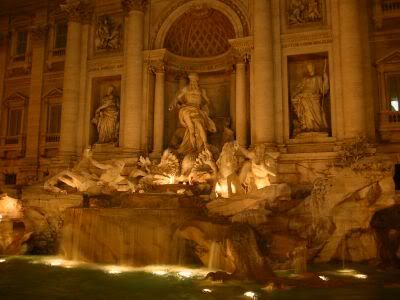
Fontana di Trevi is the largest and most ambitious of the Baroque fountains of Rome. Narrow cobbled lanes that suddenly opening up to reveal the fontana, the fountain's name are derived from these lanes - the tre vie (three streets) that meet here.
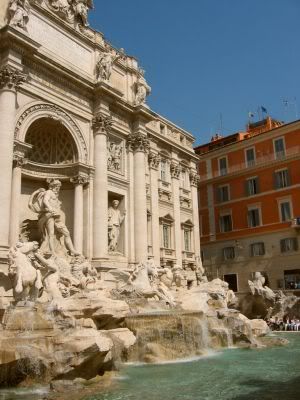
According to legend, it is lucky to throw coins into the Trevi Fountain. Throwing one coin in will ensure that the thrower will return to Rome. Throwing two coins ensures that the thrower will fall in love with a beautiful Roman girl (or handsome boy), and throwing three coins ensures that the thrower will marry that girl or boy in Rome.
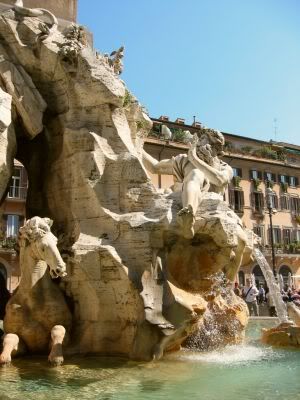
Piazza Navona is Rome's loveliest square. Located at the central of the square, Fontana dei Quattro Fiumi symbolizes the four Rivers of Paradise, the Danube, Nile, Plate and Ganges, and the four corners of known world - Asia, Africa, Europe and America.
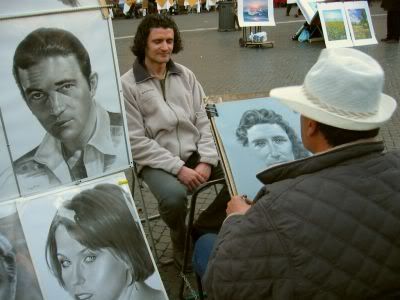
Piazza Navona is a natural magnet for visitors, an ideal place to spend an hour or so people-watching while take time out from sightseeing to enjoy a cappuccino.
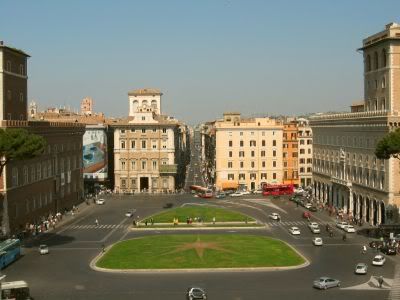
Piazza Venezia, a vast traffic-filled square, is dominated by the Monumento Vittorio Emanuele II.
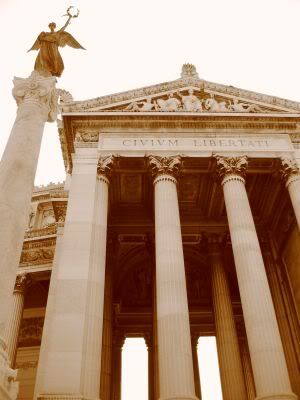
The construction of the Monumento Vittorio Emanuele II resulted in the destruction of countless medieval buildings of ancient Rome and altered forever the contours of the Capitoline Hill.
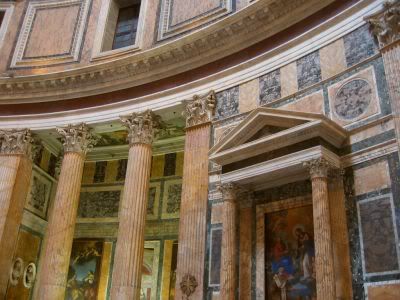
The pristine grandeur of the Pantheon provides Rome's most powerful illustration of how the ancient city might once have appeared. The building's state of preservation stems from its conversion to a Christian church, a transformation that ensured that the removal of even a single stone would constitute a mortal sin.
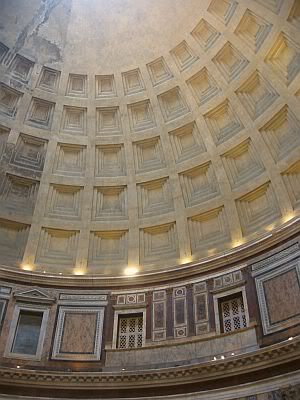
Only from the Pantheon's interior can you appreciate the scale of the 1900-year-old dome.
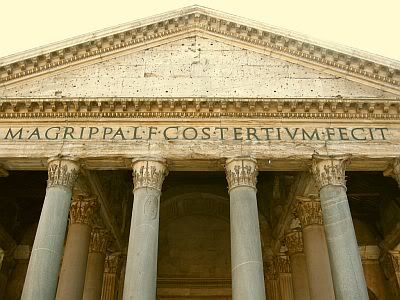
Today the building is still a church (Santa Maria ad Martyres), and both its interior and exterior look virtually as they did in the 2nd century.
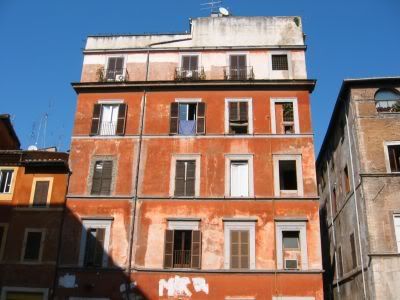
The Roman Ghetto was the last remaining ghetto in Western Europe. There had never been ghettos in Poland or elsewhere in Eastern Europe before the Nazis set them up there. The Great Synagogue of Rome was built shortly after the unification of Italy in 1807. At that time, Victor Emmanuel II dismantled the Roman Ghetto and granted the Jews of Rome full citizenship.

Villa Borghese is a large landscape garden in the naturalistic English manner in Rome, containing a number of buildings, museums and attractions.
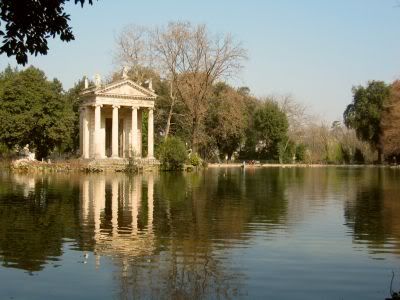
The park was originally laid out between 1613 and 1616 for the Borghese family, to provide them with a shady country retreat during the fierce heat of the Roman summer.
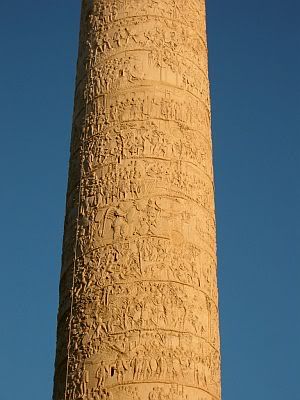
The hundreds of figures on Trajan's Column have provided scholars with vital information regarding war and warfare in ancient Rome.
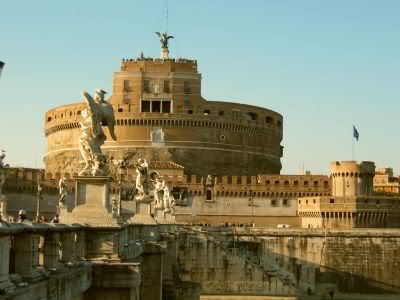
Castel Sant' Angelo, whose imposing mass still dominates the panorama of Rome, was not originally built for defensive purposes but as the funeral monument of the emperors.

No comments:
Post a Comment